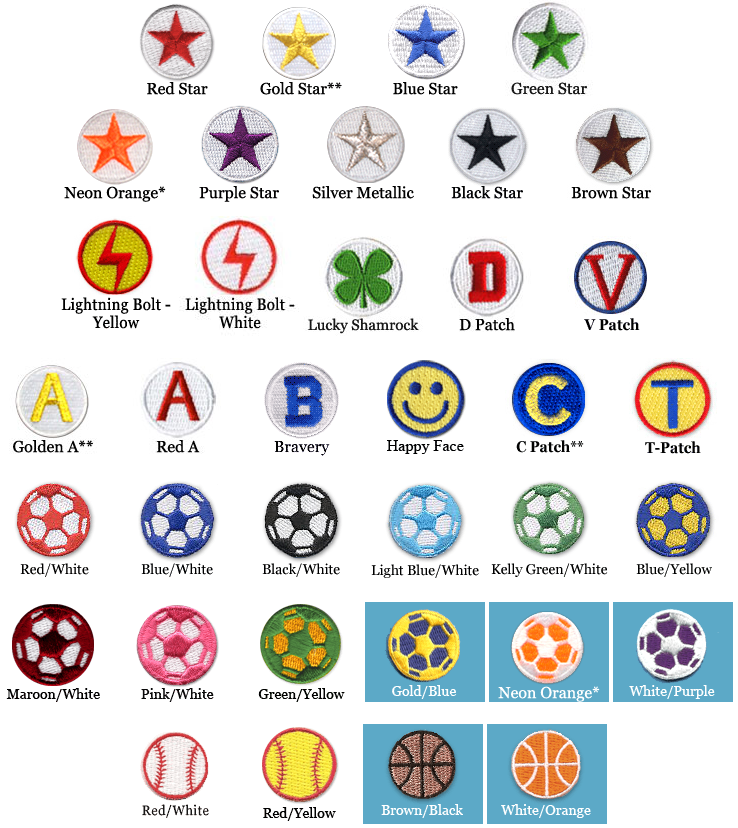Soccer Free Kick
When one team is penalized, the other usually gets a "free kick". There are 2 types of free kicks (direct & indirect) and a special type of Direct Free Kick called a Penalty Kick:
- Direct Free Kick - Where a goal may be scored by kicking the ball directly into the opponent's goal without anyone else touching it (although it still counts if someone else does touch it).
- Indirect Free Kick - On which a goal may be scored only if another player touches the ball before it enters the goal. Question: "How do you know if a free kick is indirect?" Answer: "The referee will raise his arm above his head and leave it up until the ball is kicked". On an indirect kick you should have one player gently tap the ball so another player standing behind the ball can kick it; or pass it to someone who shoots it. If on an Indirect Free Kick the ball is kicked into the goal without anyone else touching it (other than the kicker) the goal does not count and the other team is awarded a goal kick. However, if the ball is touched by a player on either team, including the goalkeeper, before it goes into the goal, the goal counts.
Penalty Kick - When a player commits a foul within his own Penalty Box, which would normally result in a Direct Free Kick, the other team is given a Penalty Kick ("PK"). (See "Penalty Kick"). On Penalty Kicks, everyone but the kicker & goalkeeper must stay out of the Penalty Box until the kicker moves the ball.
On Direct & Indirect Free Kicks, defenders must stay away from the kicker (6 yards if U-8, 8 yards if U-10 & 10 yards for U-12 & older) until a player on the kicking team moves the ball, if they don't they can receive a yellow card. (See "Fouls", "Hand Ball", "Cards", "Offside Rule", & "Penalty Kick". Go to www.fifa.com. for more details). The Offside Rule applies on Free Kicks.
See prices for our iron on Motivational Soccer Patches
